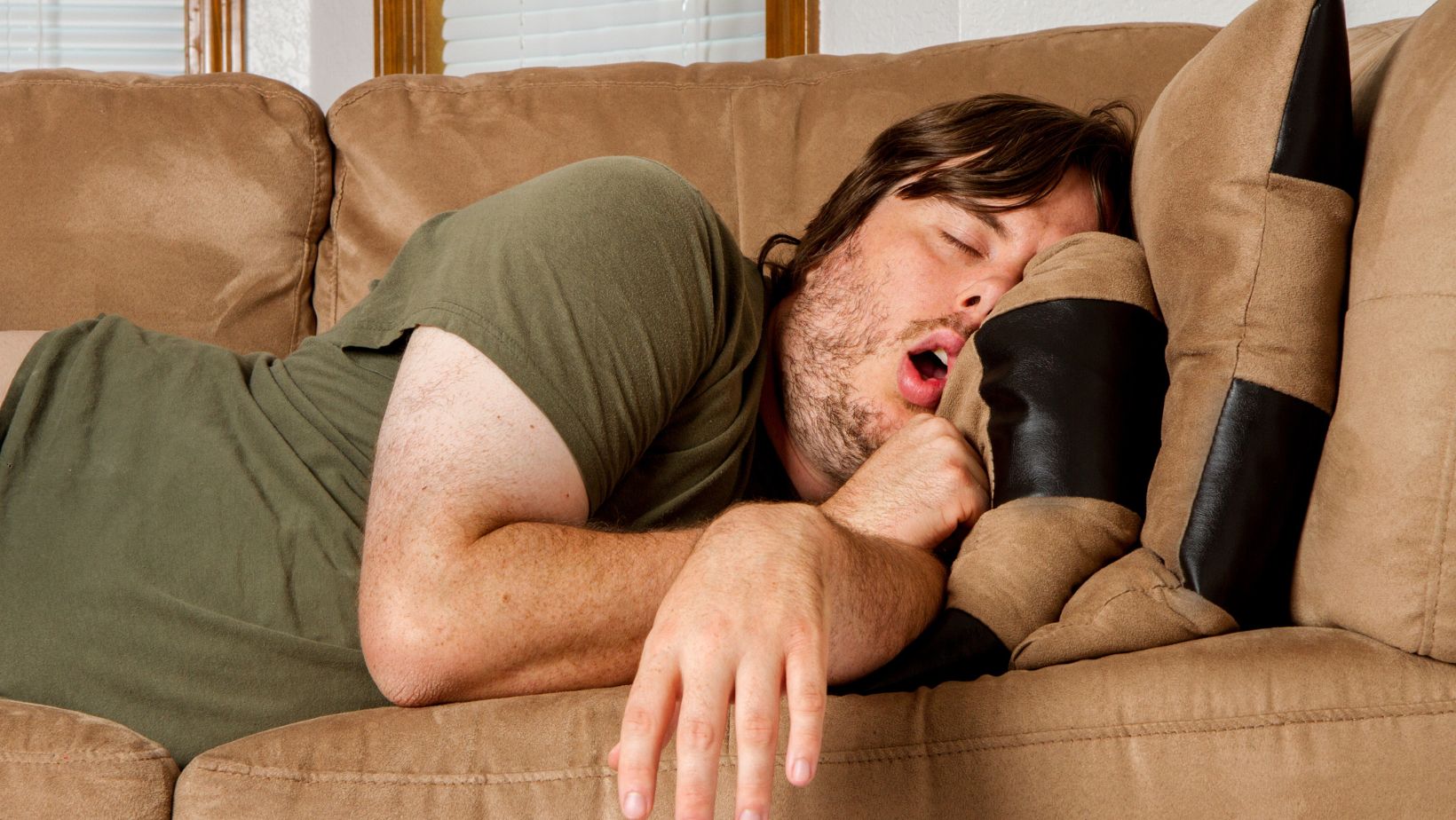Microsleeps Last
Ever nodded off for a split second while driving, studying, or just sitting in a meeting? That’s called a microsleep, and it’s more common than you might think. In this article, I’ll delve into the fascinating world of these tiny, involuntary sleep episodes.
Microsleeps can last anywhere from a fraction of a second to 30 seconds, and they’re often undetectable. You might not even realize you’ve had one! We’ll explore what triggers them, their potential dangers, and how to prevent them.
So, if you’ve ever found yourself suddenly jolting awake, or if you’re curious about the science behind these brief periods of sleep, stick around. There’s a lot to learn about these intriguing, yet potentially hazardous, phenomena.
What are Microsleeps?
As we delve into this fascinating topic of microsleeps, let’s first clarify what they are. These minute, involuntary episodes of sleep can last anywhere from a fleeting moment of few seconds to a full 30 seconds. Imagine you’re fixing your gaze intently on a task, and the next moment, you’re swept into an unconscious state without you even noticing it. That’s what happens during a microsleep episode.
While we chalk up these moments to simple tiredness or boredom, in reality, they’re far more intriguing and mysterious. Microsleeps, often undetectable to most of us, are our body’s response to an unavoidable need for sleep. They commonly strike when you are monotonously engaged in routine tasks, such as driving or studying.
It’s interesting to note that brain scans during these episodes reveal that parts of our brain may be asleep, while others might still be awake. This fact alone explains a lot about why these imperceptible moments can have dangerous consequences.
Still, why does this happen to us? What triggers these ‘rapid naps’? The answer lies in the sleep-wake balance our body strives to maintain. When sleep deprivation kicks in, this balance gets disrupted, leading to these episodes of involuntary sleep.
In the next sections, we’ll be discussing the potential dangers and prevention techniques to manage microsleeps.

How Long Do Microsleeps Last?
The precise duration of microsleeps is a topic many sleep researchers have grappled with over the years. As we delve into the complex world of these brief but crucial sleep interludes, let’s uncover their typical timings and the factors that influence them.
Duration of Microsleeps
Microsleep episodes can vary widely in their length, ranging from a fleeting fraction of a second up to 30 seconds. Despite their quick nature, microsleeps have garnered significant attention due to their potential impact on performance and safety. They might be brief, but they’re mighty, affecting our day-to-day activities in ways we often don’t realize. Undeniably, no two microsleeps are entirely identical when it comes to their duration. Scientists believe this variance in length further highlights the complex nature of our sleep systems and how different components of our brains interact in response to sleep pressure.
Factors Affecting Microsleep Duration
The duration of microsleeps does not happen in isolation. Many elements can play a part in how long these tiny snooze sessions last. One significant influencer is sleep deprivation. When you aren’t getting enough shut-eye, your brain tends to sneak in microsleeps wherever it can to compensate for the lack of rest.
Another key factor is the time of the day. Your circadian rhythm, or innate 24-hour biological clock, continually influences your tendency to fall asleep or stay awake. As such, the propensity towards microsleeps can be higher during specific periods like the post-lunch slump or late-night hours.
Lastly, individual differences also come into play. Factors such as age and habitual sleep patterns impact the frequency and length of microsleeps. As much as it’s a universal phenomenon, no one-size-fits-all approach can comprehensively explain microsleep duration.
The Impact of Microsleeps on Performance
As we’ve explored, microsleeps aren’t just quick naps. They’re involuntary, fleeting, and can potentially be dangerous. They can last anywhere from a split second to a startling 30 seconds. That’s enough time to cause major havoc, especially when you’re in the middle of an important task or behind the wheel.
The duration of these microsleeps is greatly influenced by factors like sleep deprivation and the time of day. But remember, everyone is different and individual differences can also play a major role.
Understanding the length of microsleeps is key to recognizing the risks they pose. It’s not just about the inconvenience or the odd feeling of zoning out. It’s about safety and performance. So, it’s vital to implement prevention techniques and ensure we’re not putting ourselves or others at risk.
